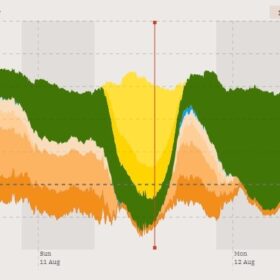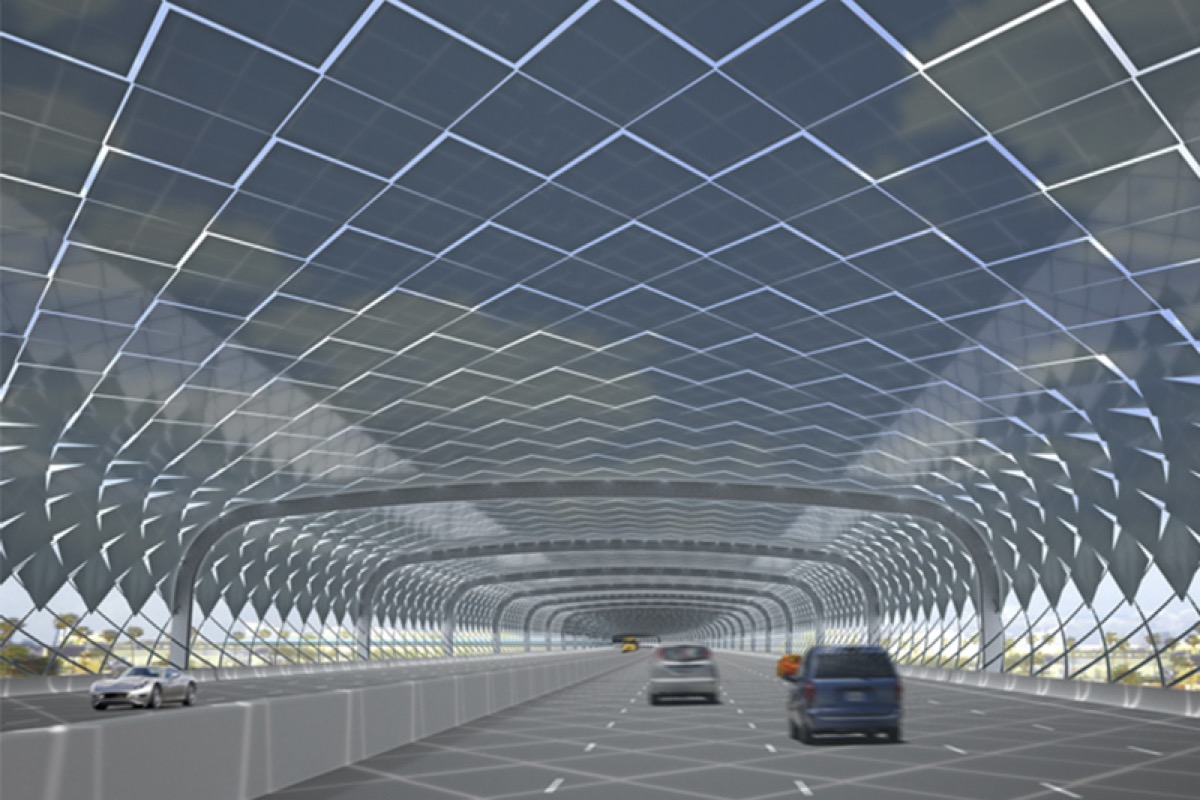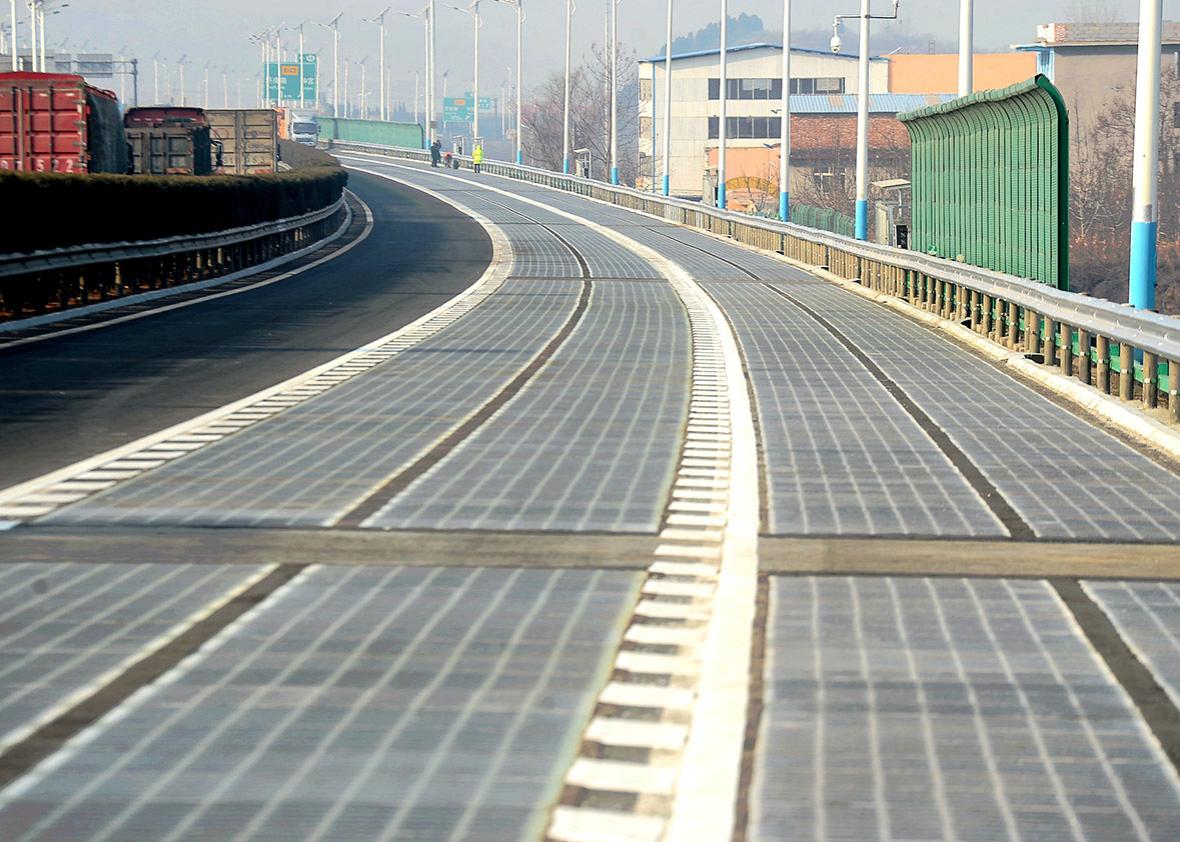World’s highways could host 52.3 billion solar panels, say researchers

Image: yns plt, Unsplash
RELATED
Australian rooftop solar reaches 81% high as demand hits record low
Power production from rooftop solar continues to reach new milestones in Australia, meeting more than 80% of electricity demand in the state of South Australia on the weekend – the highest yet share in winter.
Ebon Solar announces plans for US solar cell factory
Ebon Solar says it will invest $942 million in a New Mexico solar cell factory, creating more than 900 jobs.
A research team has determined that covering the world's highways with solar roofs could generate 17,578 TWh per year, which is more than 60% of global electricity consumption in 2023.
With more than 3.2 million km of highways worldwide, the researchers calculated the costs and benefits of constructing a solar panel network using polycrystalline solar panels with a 250 W capacity. The analysis found that covering highways with solar panels could generate more than four times the annual energy output of the United States and offset 28.78% of current CO2 emissions, while also reducing global traffic deaths by 10.8%.
“This really surprised me,” said Ling Yao, a remote sensing scientist at the Chinese Academy of Sciences and the study’s lead author. “I didn't realize that highways alone could support the deployment of such large photovoltaic installations, generating more than half of the world's electricity demand, and greatly easing the pressure to reduce global carbon emissions.”
The researchers also identified regions such as eastern China, Western Europe, and the US East Coast as the most ideal for deployment, despite challenges related to setup and maintenance costs. Yao noted the importance of pilot programs to demonstrate the practicality of this concept.
The research team consisted of academics from the Chinese Academy of Sciences, Tsinghua University and Chinese Academy of Geosciences, all located in Beijing, as well as New York’s Columbia University.
This content is protected by copyright and may not be reused. If you want to cooperate with us and would like to reuse some of our content, please contact: editors@pv-magazine.com.








No comments:
Post a Comment